Post Views: 10,308
ViewsA Day in the Life of a Nurse Anesthesiologist
Featuring Greg Clopp MSN, CRNA/APRN & James Stockman MSNA, CRNA
A Certified Registered Nurse Anesthetist (CRNA) is an advanced practice nurse, with extensive education credentials and clinical training to administer anesthesia and pain management treatment. Often, CRNAs are the only providers of anesthesia.
This career is not only very rewarding, it is also competitive. We have spoken to two CRNAs about why they have chosen this specialty as a career and about their own experiences.
Greg Clopp MSN, CRNA/APRN, currently works in a practice in Northwestern, WA, and has given us a full overview of his experience as a CRNA in New Jersey and his current practice. He also discusses the amount of training and education that CRNAs need to practice:
In order to enroll in a graduate program for CRNA training, a nurse must possess, at least, a BSN, 3.0+ GPA and one year of experience in Critical Care Nursing. Rutgers requires a CCRN certification to apply, but not the GRE. (Some programs require GRE, while others don’t require certification.) Everyone in my cohort at Rutgers far exceeded every minimum – for example, none of us had less than 5 years experience as an RN nor less than 2 years in critical care areas.
While I cannot quote the exact numbers, Rutgers gets hundreds of applications every year and interviews approximately 80 candidates to fill 20 seats in a cohort.
Currently programs are either 28 month masters (MSN) degree programs (about 70-75 graduate credits) or 36 month doctoral (DNP or DNaP) programs with 85+ graduate credits. Soon all graduates will be required to obtain a doctoral degree to be eligible to take the board exam.
All CRNAs are trained to administer all types of anesthesia independently (general, regional, spinal, epidural).
When I first graduated, I practiced in New Jersey—a state where CRNAs are Advanced Practice Registered Nurses (APRN) with full Prescriptive Authority per the board of nursing and are required to have a collaborative agreement with a physician in order to practice. Please note – a collaborative agreement does not mean that the physician dictates the anesthetic nor supervises the care delivered by the APRN. While a collaborative agreement could be with any physician in any specialty, the NJ Department of Health stipulates that a CRNA must be directly supervised by an anesthesiologist in order to practice within a doctor’s office, surgery center or hospital. (And also, a physician doesn’t need to be board certified to practice in any specialty in any state.)
Additionally, in order for a hospital to bill medicare, CRNAs must be supervised by a physician (of any specialty) unless the state’s governor has opted out of said supervision requirement. To date, 17 states have done so.
In my day-to-day practice in NJ, there was always a physician anesthesiologist assigned to work with me, but just like how your supervisor doesn’t dictate your actions neither does a supervising anesthesiologist in an Anesthesia Care Team. I would perform a full preoperative assessment, determine the anesthetic plan and discuss it with the patient, obtain consent, prepare the anesthesia equipment, medications and supplies, and make sure the anesthesiologist of the day agreed with the plan. The physician anesthesiologist and I would induce anesthesia together (one of us would push meds, the other would manage the airway) and then I would work with the OR team to finish positioning the patient for surgery. I’d remain with the patient the entire case, treating their blood pressure, heart rate, and signs of pain while adjusting the depth of anesthesia independently. At the end, I’d get the patient breathing spontaneously, make sure they were waking up and wean them off of ventilator support and remove the ETT/LMA before escorting them to PACU and giving a full report to the PACU nurse. At some point, the anesthesiologist would see the patient in PACU and sign them out when they are ready. I also administered sedation for GI procedures, placed epidurals for labor and administered spinal anesthesia for c-sections and other surgeries.
Currently I practice fully autonomously in a group that’s about 50/50 physician anesthesiologists and nurse anesthesiologists in Northwestern, WA. In WA (like NJ and nearly all other states), CRNAs are APRNs will full prescriptive authority. Furthermore, there are no other regulatory restrictions on practice here and WA is an opt-out state for medicare billing. Of course, I still have bosses. Our department has a physician anesthesiologist as chairman and a CRNA as vice chair/chief CRNA. And we all answer to the customer (not only the patient, but the hospital too). At our shop, CRNAs do all cases and all types of anesthesia.
Just as before, I’m involved in all phases of care, and here I do regional anesthesia as well. CRNAs can sign patients out of PACU since the group does not have to meet any regulations dictating when a physician has to be involved. Furthermore, in our group, the CRNAs independently handle Obstetric Anesthesia with no physician involvement—we do 100% of the labor epidurals and c-sections as well as advise the obstetrical team on the antepartum and postpartum management of complex patients. We handle any and all perinatal emergencies, including anesthesia for emergency c-sections and postpartum hemorrhages.
James Stockman MSNA, CRNA, works within a group of CRNAs and has given us some insight on the history of nurse anesthesiology. He also tells us just how rewarding this specialty has been for him:
United States-trained Certified Registered Nurse Anesthetist, or Nurse Anesthesiologist (as we are sometimes called), is the oldest nursing specialty, and from the start, nurse anesthesiologists have been trained to provide all manner of anesthesia care for the betterment of our patients. The Nurse Anesthetist profession dates back to the Civil War and some of the earliest pioneers of anesthesia were Nurse Anesthetists. For instance, Alice Magaw, known as the mother of anesthesia, provided anesthesia for the famed surgeons Drs. William and Charles Mayo of the Mayo Clinic. Continuing the trend from the professions early days in the Civil War, the U.S. military utilizes CRNAs to provide the bulk of anesthesia care to our soldiers on the front lines, and in hospitals on military bases around the globe.
The training of CRNAs is immense and we are trained to deliver all aspects of anesthesia care and management. In the United States, CRNAs practice in a variety of practice models, from models in collaboration and coordination with Physician Anesthesiologists, to models completely independent of Physician Anesthesiologist involvement. In the all-CRNA anesthesia practice, I work in our group of CRNAs provide anesthesia care in collaboration with the operating physician without the involvement of a Physician Anesthesioloigst. In a typical day, our group can be called to provide anesthesia care for anything, from critically-ill trauma patients, to pediatrics, to obstetric anesthesia for new mothers. In our county hospital we are considered the airway experts so we are often called to provide emergency airway management in different areas of the hospital. Our practice can be summed up by the statement that we never know what our day may bring. No two patients are the same and that is something I think we all love about our profession. The challenging nature is one of the most rewarding aspects of both independent practice and the profession as a whole.
Choosing a career in this profession is one of the most rewarding things I have ever done. The training itself is challenging and will require you to draw upon your experience as a critical care RN to grow into a strong CRNA. Anyone who is considering a career as a CRNA will first have to obtain a Bachelors in Nursing undergraduate degree and then work for a minimum of one year as an RN in a critical care setting. Although, I must stress, the average critical care experience for a CRNA is two and a half years. Once you apply to a CRNA training program there is a lengthy interview and review process. If you are selected, programs last anywhere from twenty eight months to thirty six months. Currently all CRNA programs are transitioning to three year long, doctorate programs by the year 2025. This will have the end result of CRNA students graduating with a Doctorate of Nurse Anesthesia Practice or DNAP degree.
Anyone choosing this profession must know that they are joining the ranks of a long and proud profession, who has contributed greatly to the amazing safety record that surgery and anesthesia care boast today. It is this commitment to excellence in patient care that has allowed the CRNA profession to flourish the last two hundred years and is the reason it will continue to do so into the future.
Want to know more about being a CRNA? Visit the American Association of Nurse Anesthetists to learn more about this rewarding and competitive specialty.
7 comments on A Day in the Life of a Nurse Anesthesiologist
Leave a Reply
A Day in the Life of a Nurse Anesthesiologist
By nurseadvisorofficial
This nursing specialty is not only very rewarding, but it is also competitive. We have spoken to two CRNAs about why they have chosen this specialty as a career and about their own experiences. Learn more.
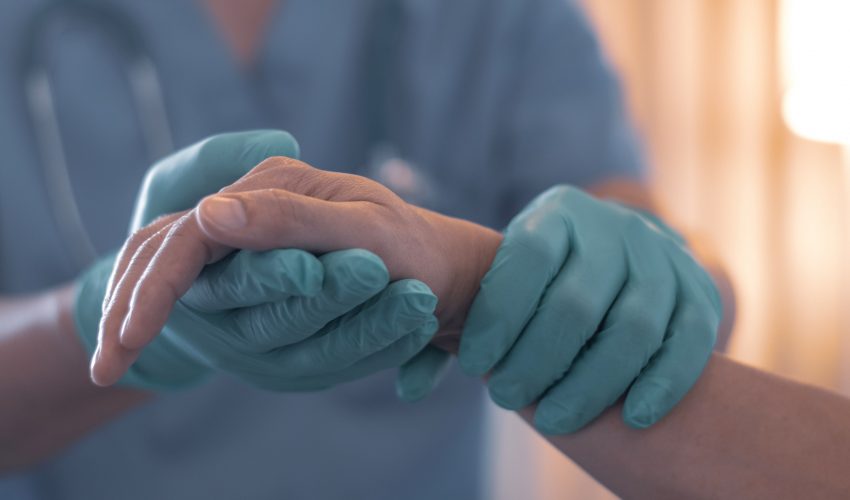

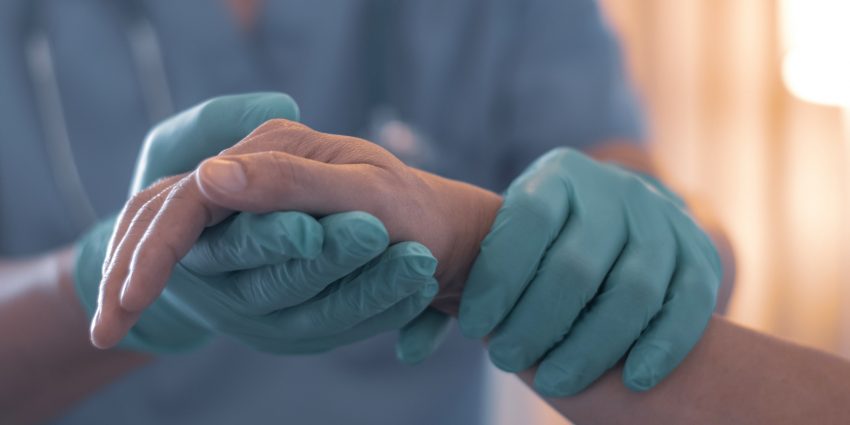




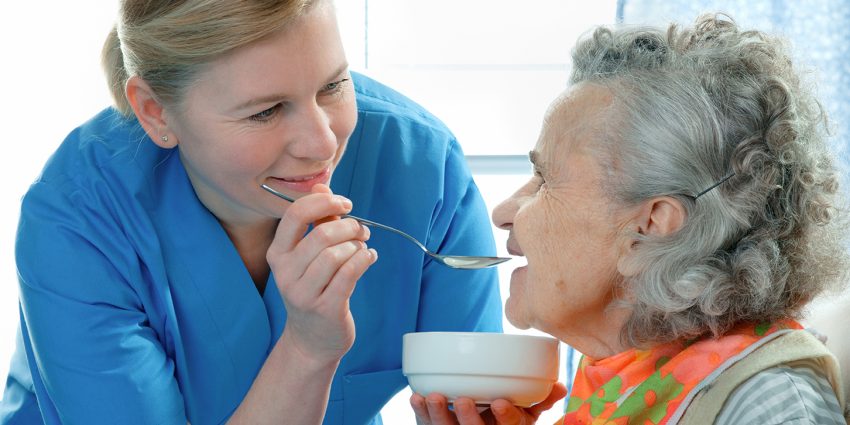



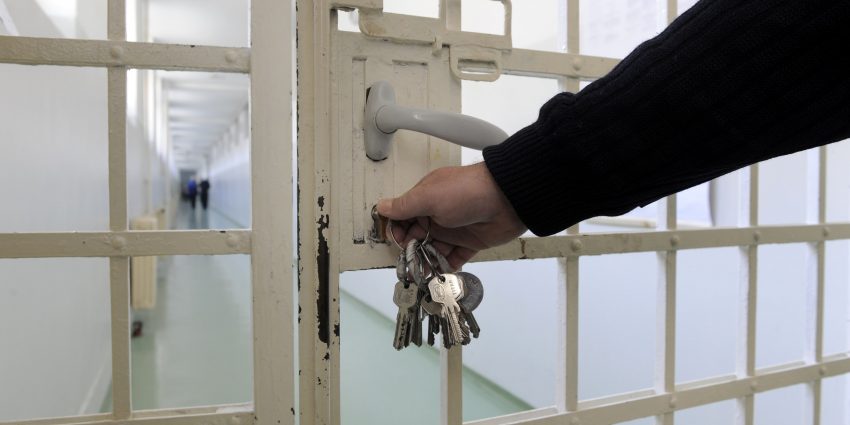
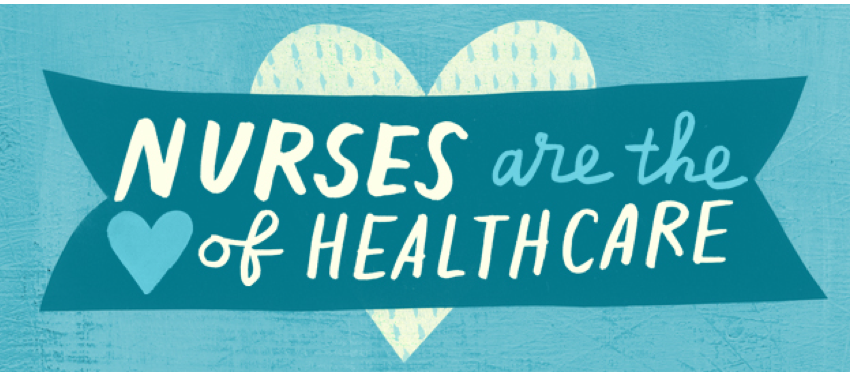
This article was well written and well stated! Who wants to join us? It’s a great profession!
I’m a bit prickly about the use of the term “nurse anesthesiologist” rather than anesthetist or CRNA. Anesthesiologist = 12+ years of post-secondary training. Anesthetist = 6-7 years of post-secondary training. And now that CRNAs are required to get a 3-year nursing doctorate rather than a Master’s degree, it is becoming not uncommon for a CRNA to introduce themselves as “Dr. So-and-so”. It’s a false equivalency and I think it can damage both patient trust and the anesthesia care team.
As a nurse we go through school, work at the bedside and also have clinical. Then while working we as nurses receive additional experience/training, what physicians call a residency. No one ever counts our times actually according to one Anesthetists experience, I believe they have 10 years of study behind their degree. Four years bachelor prepared, 2.5 years critical care (just because a nurse is working doesn’t mean you aren’t studying/learning, we are getting CCRN certification at this time), and 3-3.5 years of CRNA prep schooling.
Do the math… again just because we are out in the workforce doesn’t mean we aren’t going to class at the same time, brushing up on physiology/organic chem graduate level classes. We as nurses deserve the recognition we have for that or any degree we have. Because frankly we are the only ones who know how to put a physicians thought into motion and make it happen. Most physicians don’t even know how to use calculate a drip rate or manage a patient at the bedside themselves.
3-3.5 years of post-baccalaureate education is not equivalent to 4 years of medical school and 4-5 additional years of residency. Counting years as a nurse is not a direct correlation to physician-level education. You may be reviewing undergrad-level courses in your work, but they do not indicate a level of expertise or experience earned by a doctor of medicine. Anesthesiologists have earned their significant title that otherwise should not be misplaced by a group who had not received an equivalent honor.
This is a very joyful day of my life because of the help PRIEST Salami has rendered to me by helping me get my ex-husband back with his magic and love spell. I was married for 6 years and it was so terrible because my husband was really cheating on me and was seeking a divorce but when I came across PRIEST Salami email on the internet on how he helped so many people to get their ex back and help to fix relationships. and make people happy in their relationship. I explained my situation to him and then sought his help but to my greatest surprise, he told me that he will help me with my case and here I am now celebrating because my Husband has changed totally for good. He always wants to be by me and can not do anything without my presence. I am really enjoying my marriage, what a great celebration. I will keep on testifying on the internet because PRIEST Salami is truly a real spell caster. DO YOU NEED HELP THEN CONTACT DOCTOR PRIEST Salami NOW VIA EMAIL: purenaturalhealer@gmail.com. Whatsapp number: +2348143757229 He is the only answer to your problem and makes you feel happy in your relationship…
THE ONLY LEGITIMATE CRYPTO RECOVERY EXPERT
Those Evil and wicked Fake cryptos brokers deceived me, they scammed me out of my money, over $79,000, they literally took all my deposits and never allowed a single withdrawal, It was just luck that I found a recovery dome to recoup. This is a scam company and you shouldn’t be a victim. I am creating awareness with this post, kindly stay away from them or Email: Morris Gray 830 @”gmail ,com
WhatsApp +1 : 607 : 698 : 0239…….
HIRE A LICENSED BITCOIN EXPERT- BLISS PARADOX RECOVERY TO GET A STOLEN BTC RECOVERED.
However, after spending so much time searching for a recovery expert who can help me retrieve what I lost in cryptocurrency, I came across Bliss Paradox Recovery who were able to help. Within a year, I lost about $612k worth of USDT to different fake investment brokers. This incidence got me so worried with so much sleepless nights. Honestly, it never went so easy but they made it possible at the end. Consult them if you need some assistance, ignore this article if you have not being affected by scam.
How to get in touch with the company:
Telegram- Blissparadoxrecovery
Email- Blissparadoxrecovery @ aol. com
Web- https://dev-blissparadoxrecovery.pantheonsite.io.
Other contact details:
Whatsapp +1 3 8 0 2 0 6 9 7 1 2
Signal No. + 1 7 2 7 6 1 5 9 0 3 0
Regards!